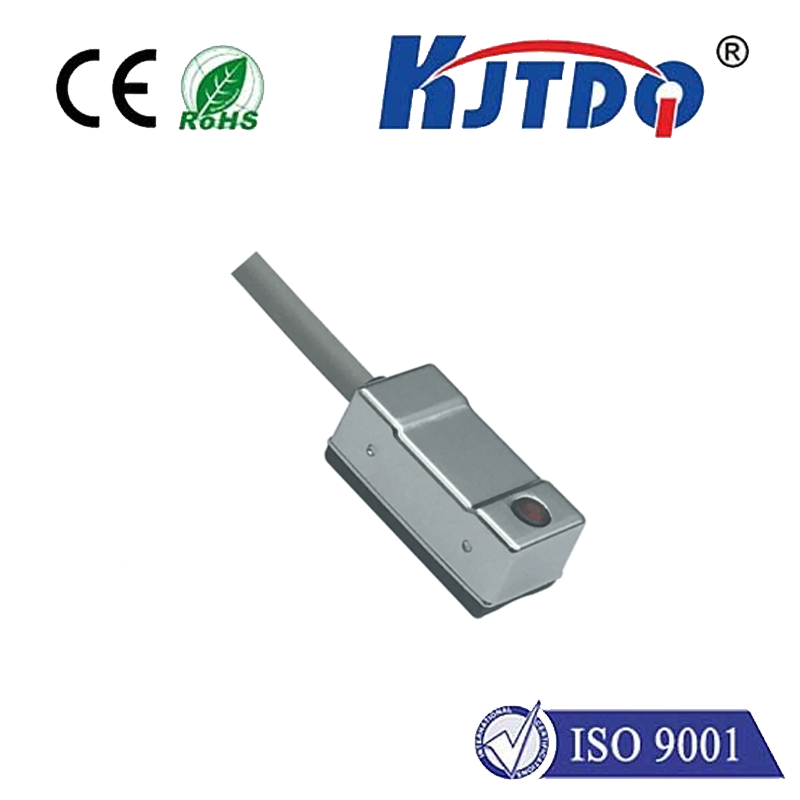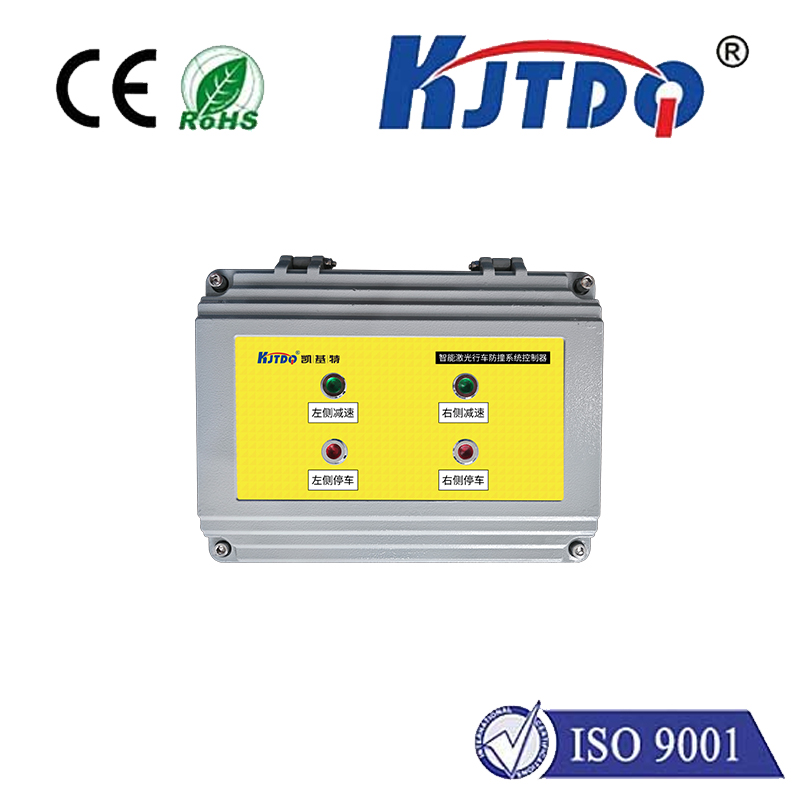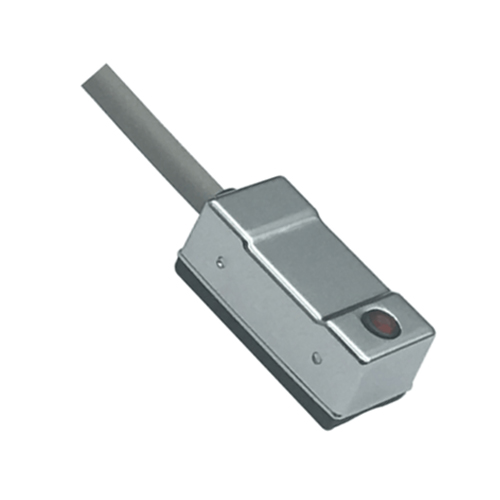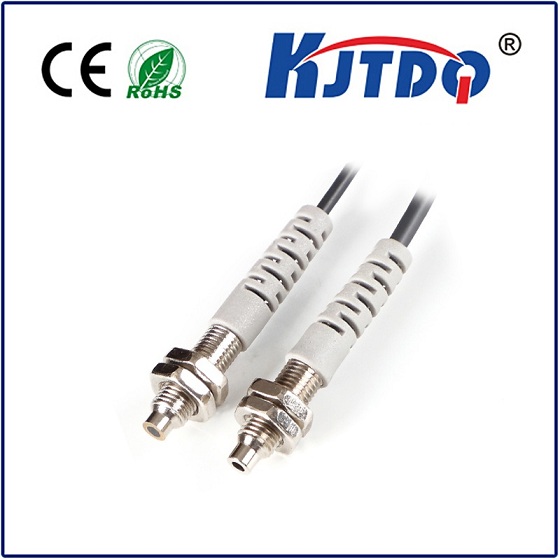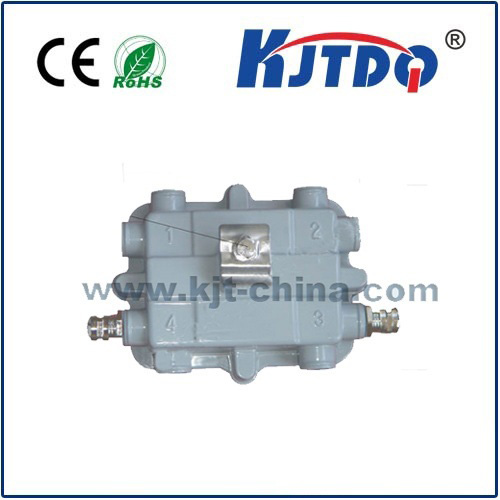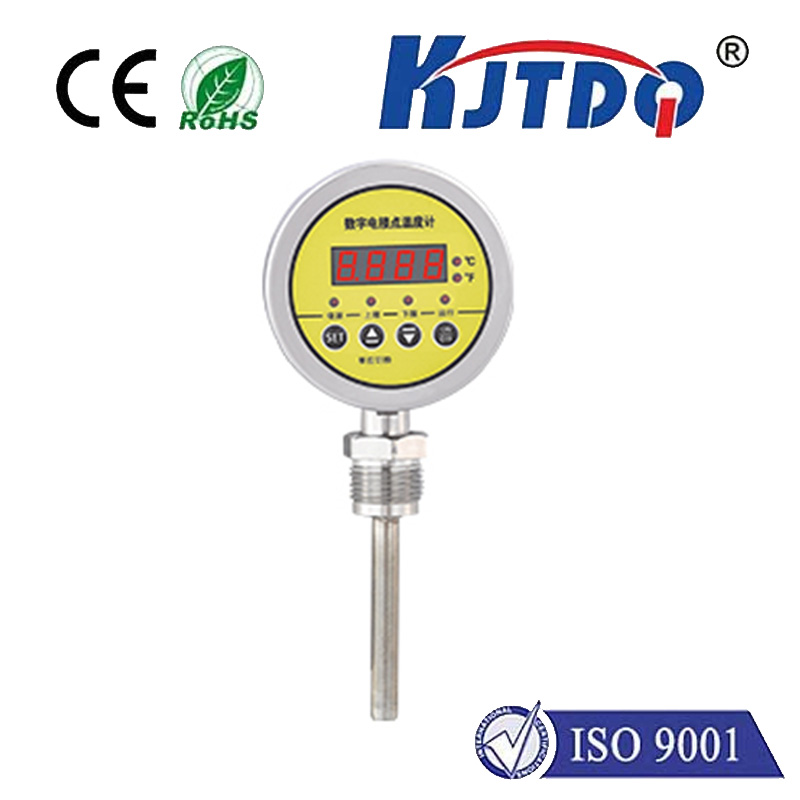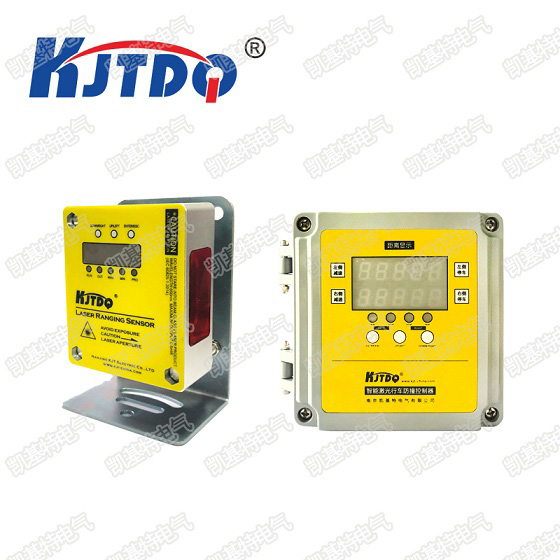

check

check

check

check

check

check

check

check

check

check
Introduction:
Infrared (IR) proximity detectors have become an indispensable tool in various industries due to their ability to detect the presence of objects or individuals at a distance. These tiny sensors have numerous applications, including security systems, robotics, automotive technology, and medical devices. In this article, we will explore the advancements, applications, and benefits of IR proximity detectors in detail.
Section 1: Advancements in IR Proximity Detection Technology
The development of IR proximity detection technology has been remarkable in recent years. One of the significant advancements is the miniaturization of the sensors, which has made them more compact and affordable. Additionally, the use of high-resolution infrared arrays has improved the accuracy and reliability of the sensors. Another breakthrough is the integration of artificial intelligence (AI) algorithms that enable the detectors to learn from past experiences and adapt to changing environments. This makes IR proximity detection technology even more powerful and versatile.
Section 2: Applications of IR Proximity Detection Technology
IR proximity detectors have numerous practical applications across different industries. In the security sector, these sensors are used for perimeter monitoring, access control, and facial recognition systems. In robotics, they help navigate obstacles and avoid collisions with other objects. In the automotive industry, they are used for lane departure warning systems and collision avoidance. In medical devices, IR proximity detectors help monitor vital signs and alert caregivers in case of any changes.
Section 3: Benefits of IR Proximity Detection Technology
The benefits of IR proximity detection technology are numerous. First and foremost, it enhances safety by providing real-time information about the presence of objects or individuals at a distance. This reduces the risk of accidents and saves lives in dangerous situations. Secondly, it improves efficiency by reducing the need for human intervention in certain tasks. Thirdly, it simplifies operations by automating processes that were previously performed manually. Finally, it reduces costs by minimizing the need for physical resources such as labor and equipment.
Conclusion:
IR proximity detectors are revolutionary technologies that have transformed various industries by improving safety, efficiency, and cost-effectiveness. The advancements in sensor design, AI algorithms, and integration with other technologies have made these sensors more reliable and versatile than ever before. As we continue to develop new applications for IR proximity detection technology, we can expect to see even greater benefits in the future.
